Installing the roofing on your pole barn is a critical step that ensures the structure is weatherproof and durable. This step involves securing the roof sheeting and adding a ridge cap. Here’s a detailed guide to each part of the roofing process:
5.1 Install Roof Sheeting
Purpose: Roof sheeting provides the primary weather barrier for your pole barn. Metal sheets are commonly used for their durability and ease of installation, but other materials like shingles or corrugated plastic can also be used.
- Prepare Materials:
- Ensure you have the required number of metal sheets, appropriate fasteners (screws or nails with rubber washers), and any necessary tools such as drills, screwdrivers, and measuring tape.
- Safety Precautions:
- Use proper safety gear, including gloves, safety glasses, and non-slip footwear.
- Use fall protection equipment such as harnesses and safety ropes if working on a steep roof or at heights.
- Align the First Sheet:
- Start at one lower corner of the roof. Position the first sheet of roofing material so that it overhangs the edge of the roof by about 1-2 inches to facilitate water runoff.
- Use a measuring tape to ensure the sheet is square with the roof edge.
- Fasten the First Sheet:
- Fasten the sheet to the purlins using screws or nails with rubber washers. Place fasteners in the valleys of the metal sheet to prevent leaks.
- Space the fasteners about 12-24 inches apart along the purlins and edges. Ensure the sheet is securely attached without over-tightening the fasteners, which can cause deformation.
- Overlap Subsequent Sheets:
- Position the next sheet so that it overlaps the previous sheet by one ridge (for corrugated sheets) or as specified by the manufacturer (typically 1-2 inches).
- Ensure the overlap is consistent and tight to prevent water from seeping through the joint.
- Secure Subsequent Sheets:
- Fasten the second sheet in the same manner as the first, ensuring alignment with the first sheet and proper overlap.
- Continue this process, working your way across the roof, sheet by sheet.
- Trim Sheets as Needed:
- Use metal shears or a saw to trim sheets to fit around roof edges, eaves, and any protrusions such as chimneys or vents.
- Ensure all cuts are smooth and edges are sealed to prevent rust and water infiltration.
- Check Alignment and Fastening:
- Regularly check that the sheets are aligned and secured correctly. Misaligned sheets can lead to leaks and structural issues.





